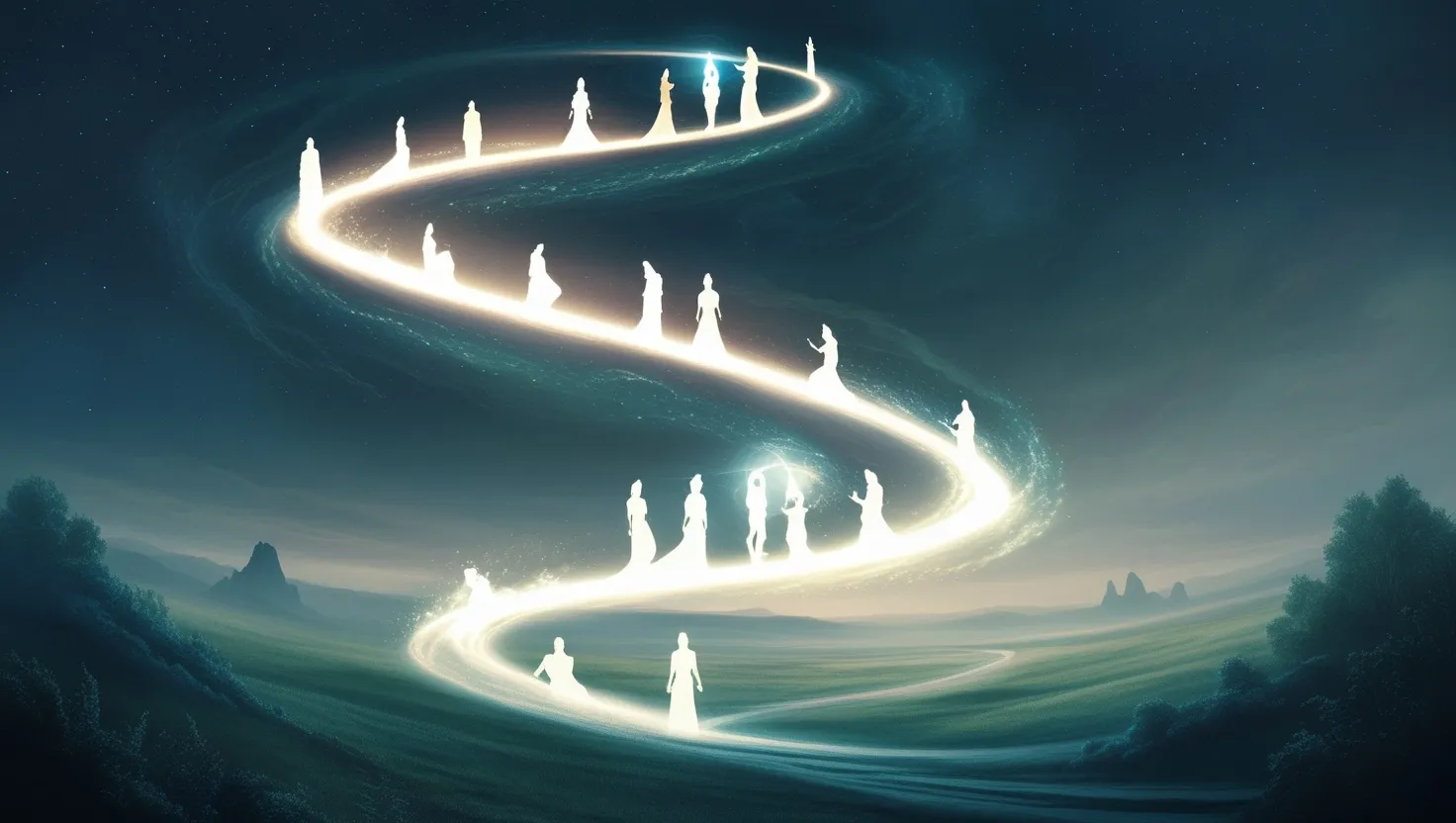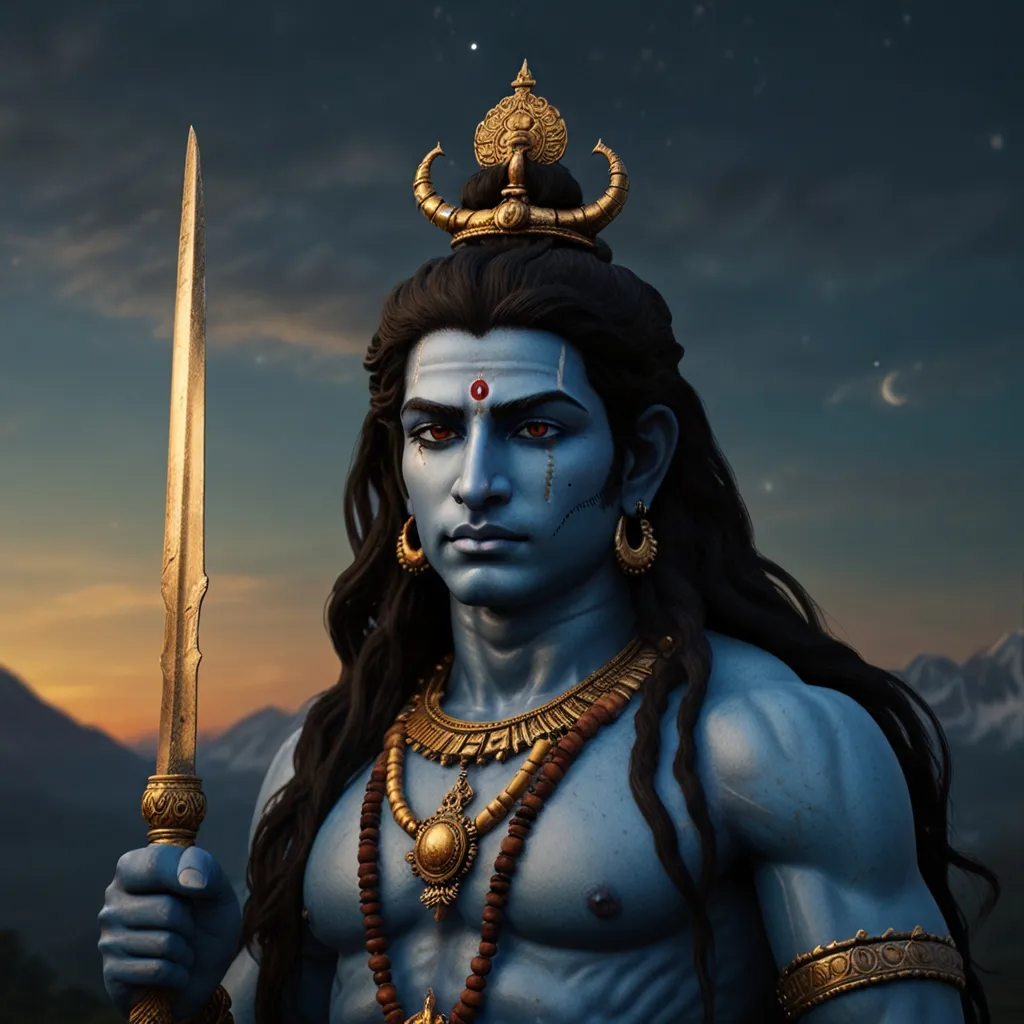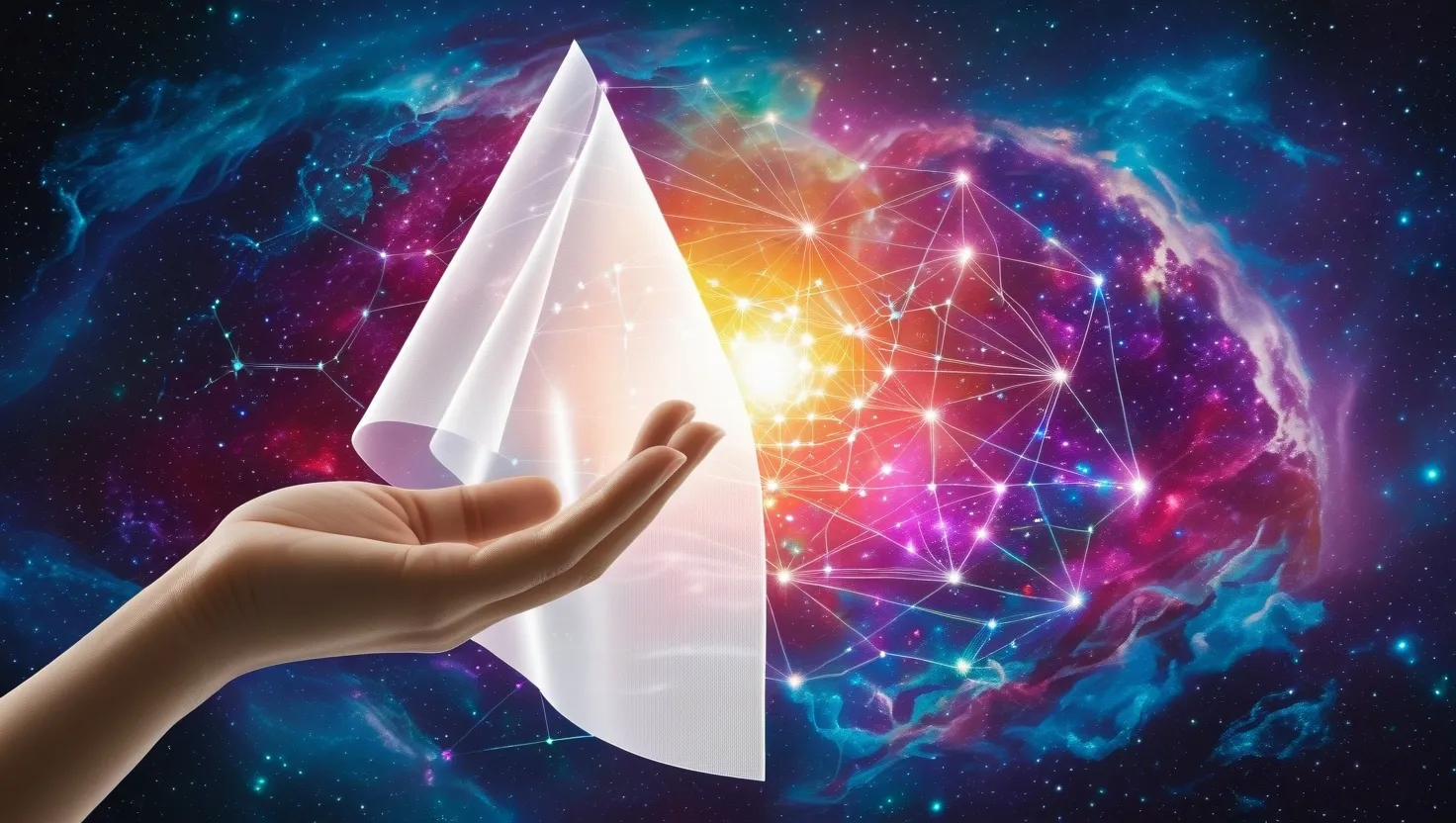As I explore the world of reincarnation through the stories from the Puranas, I am reminded of the profound wisdom these ancient texts hold. The concept of reincarnation is not just a spiritual phenomenon, but also a moral mechanism, encouraging us to live ethically and strive for spiritual growth. Let’s embark on a journey to understand these fascinating tales and their spiritual significance.
The story of Jaya and Vijaya is particularly striking. These gatekeepers of Vishnu’s abode were cursed by the Saptarishis to be born as demons three times. Their tale teaches us that even divine beings are subject to karma, and adversity often serves a higher purpose in the cosmic evolution. It raises questions about how we perceive suffering and challenge. Is adversity merely a punishment, or does it have a transformative role? As the Bhagavad Gita says, “The one who has controlled the mind, and senses, and has realized the Self, is eligible to attain the state of supreme peace and freedom.”
Sati and Parvati’s story is another compelling example. Sati’s rebirth as Parvati after immolating herself represents an unbreakable bond between divine consorts. This reincarnation teaches us that true devotion transcends physical death and continues across lifetimes. It highlights the power of love and commitment that can survive even the cycle of birth and death. Mahatma Gandhi once said, “The main purpose of life is to live rightly, think rightly, act rightly. The soul must languish if we do not let it act.”
Consider the tale of Vrishabha to Mahisha, where a righteous king is reborn as a buffalo demon due to misplaced pride. This story illustrates how virtuous souls can degenerate when ego overwhelms wisdom. It shows that spiritual regression is possible even from advanced states, reminding us of the importance of humility and self-awareness in our spiritual journey. As Buddha noted, “It is better to conquer yourself than to win a thousand battles. Then the victory is yours.”
Markandeya’s Eternal Youth presents a fascinating scenario of transcending death through devotion. Though not a traditional reincarnation, his story shows that it’s possible to break free from the cycle of rebirth through focused spiritual practice. This tale encourages us to reflect on how we live our lives and what we truly desire—eternal youth or eternal wisdom? As Mark Twain once said, “The fear of death follows from the fear of life. A man who lives fully is prepared to die at any time.”
The story of King Bharata and the Deer is a cautionary tale of a spiritually advanced king reborn as a deer due to attachment. It teaches us that even momentary desires can redirect our spiritual trajectory, highlighting detachment as essential for liberation. This narrative invites us to question our attachments and how they might influence our path to liberation. What aspects of our lives do we hold onto too tightly?
The love story of Nal and Damayanti illustrates how souls connected by profound love continue to find each other across lifetimes, suggesting that karmic connections persist through the cycle of samsara. This tale encourages us to explore the nature of love and connection in our lives. How do our relationships shape who we become, not just in this life, but across lifetimes?
Lastly, the Many Births of Vishnu’s Avatars demonstrate divine intervention through reincarnation, showing that higher beings choose rebirth voluntarily to restore cosmic balance and guide humanity. Each avatar’s appearance teaches us about the importance of selfless action and serving a greater good. As Paramahansa Yogananda said, “Self-realization is the knowing in all parts of body, mind, and soul that you are now in possession of the kingdom of God; that you do not have to pray that it come to you, that you do not have to hope for it in the future, but it is yours now.”
Through these stories, we are reminded that reincarnation is not just a belief; it is a powerful tool for understanding and shaping our spiritual journeys. As we reflect on these tales, we are invited to explore our own lives and the choices we make. What lessons do these stories offer us about living a life of purpose and spiritual growth? How can we incorporate these insights into our daily lives? By contemplating these questions, we may find that the stories from the Puranas are not just ancient legends, but living wisdom guiding us toward a deeper understanding of ourselves and the world around us.






